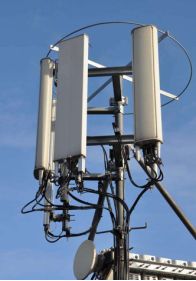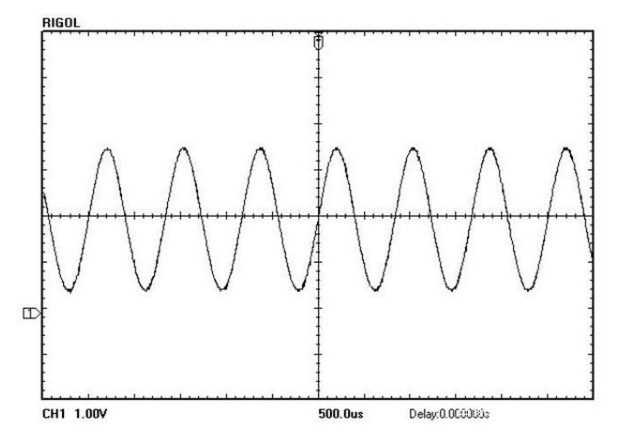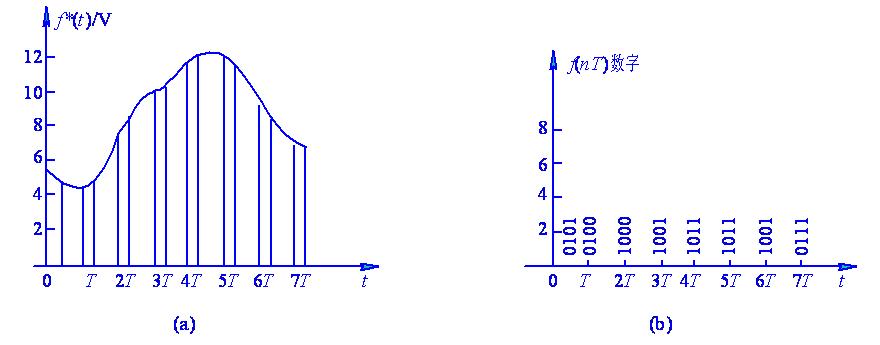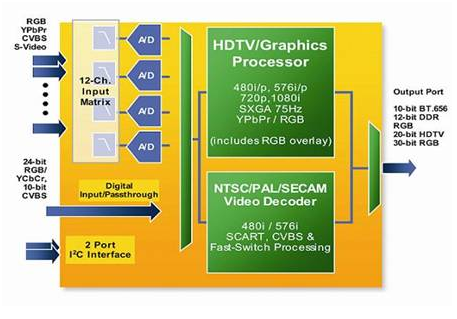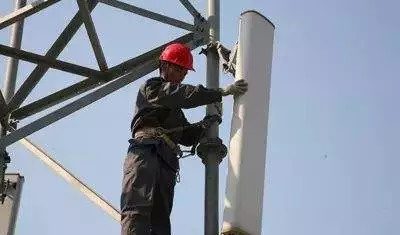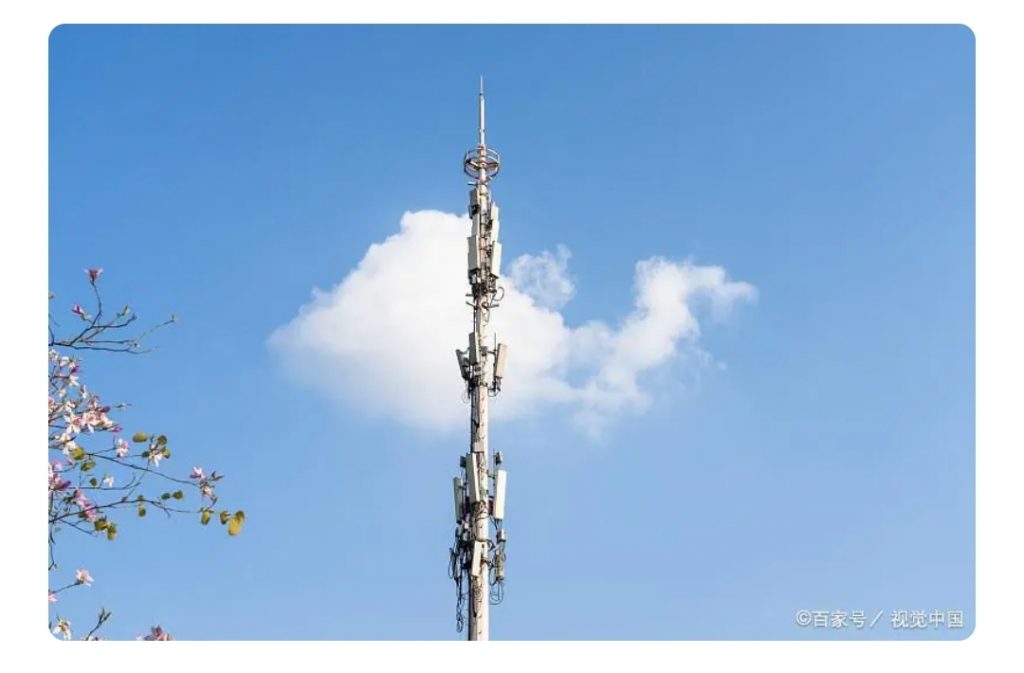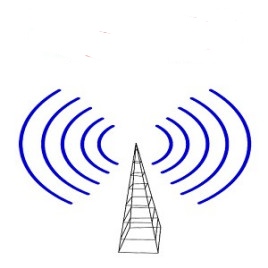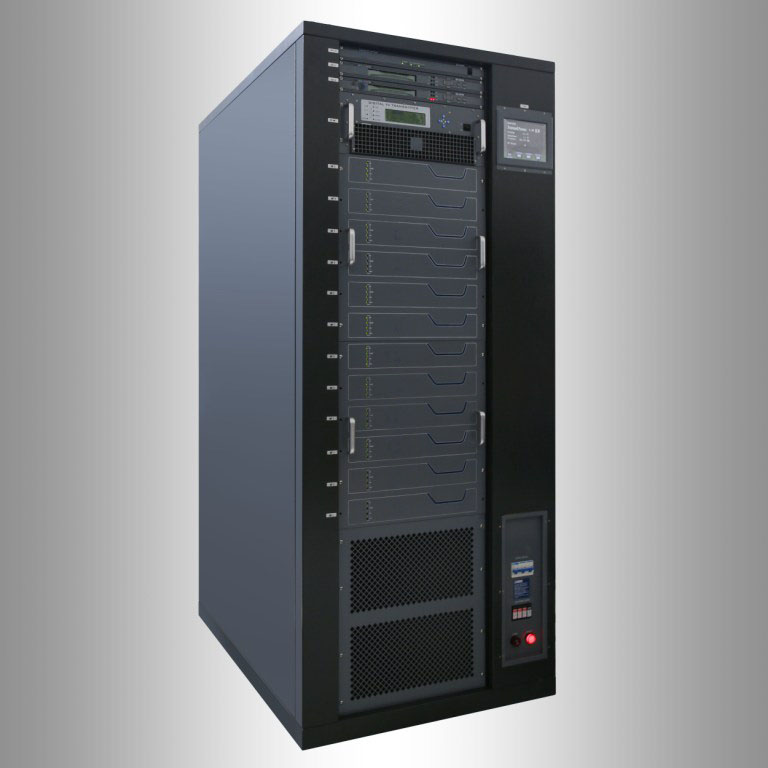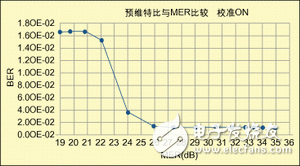Digital TV transmission technology has changed from traditional analog TV to digital TV, which has higher image and sound quality, larger channel capacity and higher data transmission rate. The main technologies include digital signal processing, encoding/decoding, multiplexing, wireless transmission, digital signal transmission, etc. Now, more and more countries and regions are implementing digital TV conversion plans to improve the quality and efficiency of TV broadcasting.
The following is the main technical analysis of digital TV transmission technology:
Digital signal processing: This is the basic technology for digital TV transmission, including digitization of video and audio signals, and digital signal processors for signal processing and encoding.
Encoding/Decoding: This is the key technology for digital TV transmission, including encoding TV signals for transmission and storage, and decoding TV signals for display on TV sets. Common encoding standards include MPEG-2 and MPEG-4.
Multiplexing: This is the technique of using a single channel to transmit multiple television channels by inserting multiplexed information into the digital signal.
Wireless transmission: This is a key technology for digital TV transmission, including the transmission of digital TV signals in various ways such as broadcasting, satellite and microwave transmission.
Digital signal transmission: This is an important technology for digital TV transmission, including the use of optical fiber, coaxial cable and radio signals to transmit digital TV signals from the transmitting station to the user’s TV.
These technologies work together to enable digital television transmission to provide high-quality television broadcast services
Many countries and regions are implementing digital TV conversion programs to improve the quality and efficiency of TV broadcasting. These countries and regions include:
United States: The United States completed the digital TV switchover in 2009.
United Kingdom: The United Kingdom completed the digital TV switchover in 2012.
Australia: Australia completed the digital TV switchover in 2013.
New Zealand: New Zealand completed the digital TV switchover in 2013.
Canada: Canada completed the digital TV switchover in 2011.
Europe: Many European countries have completed or are in the process of digital TV switchover, the specific situation varies from country to country.
Asia: Many Asian countries are implementing digital TV switchover, and the specific situation varies from country to country.
The transition to digital TV on the African continent varies from country to country. Some countries have already completed the digital TV switchover, while others are in the process of switching over. For example, South Africa completed its digital TV switchover in 2015, while Ethiopia and Kenya started digital TV switchover programs in 2015.
Digital TV transition timetables, resources and methods vary from country to country. In general, digital TV conversion in the African continent is advancing. With the improvement and popularization of technology, more countries will implement digital TV conversion in the future.

